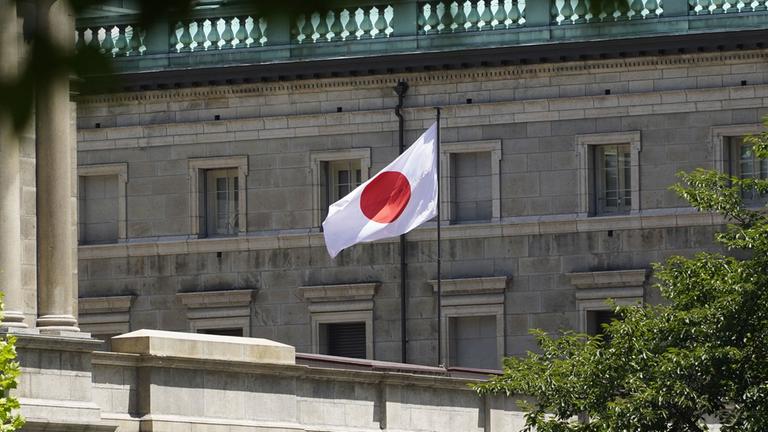
- Uncategorized
Bank of Japan changes monetary policy
Do you want to know how to make money from this?
Register for free and get expert advice, access to a training course and webinars.
Key points:
- The Japanese yen strengthened 0.37% against the dollar to 147.51, the dollar’s biggest one-day fall against the yen in a month.
- Expectations that the Bank of Japan may adjust policy at its next meeting helped the yen strengthen.
- The dollar index fell 0.27% to 103.1, although it remained close to the one-month high of 103.69 hit last week.
The Japanese yen strengthened on Tuesday, reversing its earlier decline, amid expectations that the Bank of Japan (BOJ) may consider adjusting its monetary policy at its next meeting. The yen had initially weakened following the BOJ’s decision to maintain its ultra-loose monetary settings, meeting market expectations.
The dollar fell by approximately 0.37% against the yen, reaching 147.51, marking its biggest one-day drop against the yen in a month. This development came after a period of continuous depreciation of the yen over the past month.
Currently, the BOJ is maintaining its ultra-loose monetary policy as policymakers evaluate whether wage increases will be substantial enough to consistently maintain inflation at its 2% target.
Typical wage negotiations occur in the spring, but BOJ Governor Kazuo Ueda revealed in a press conference that many businesses made decisions on this matter ahead of schedule, driven by demands from labor unions.
Rates of major currencies
The euro weakened slightly against the yen, trading at 161.03 EUR/JPY. The pound also dipped slightly against the yen to 188.08 GBP/JPY but remained close to its Friday high of 188.91 GBP/JPY, a level not seen since August 2015.
The dollar lost ground against other major currencies as well. The euro strengthened to $1.0907, up 0.22%, while the pound gained 0.23% to $1.2741.
This week, the European Central Bank (ECB) is set to hold a meeting, with expectations that its deposit rate will remain unchanged at 4.00%. ECB policymakers, including President Christine Lagarde, have consistently downplayed the possibility of an imminent rate cut.
Overall, the dollar index edged down 0.27% to 103.1, but remained near its one-month high of 103.69 reached last week. This decline was partly attributed to traders reducing their bets on a rate cut by the Federal Reserve in March. This, in turn, supported US Treasury yields, with the yield on two-year government bonds reaching 4.398%.
The role of Chinese policy in the foreign exchange market
Speculation that China was considering a plan to prop up its struggling stock markets boosted the yuan and the Australian dollar, which is often seen as a proxy for Chinese economic health.
The dollar weakened by 0.3% against the offshore yuan to 7.1722 yuan, and its onshore counterpart also gained strength.
The Australian dollar surged more than 0.5% to $0.6607, while the New Zealand dollar advanced 0.47% to $0.6106 after briefly dipping to a two-month low of $0.60625 earlier in the session.
Do you want to know
How to make money from the news
Register for free and get:
- Expert consultation;
- Access to the training course;
- Opportunity to participate in webinars

